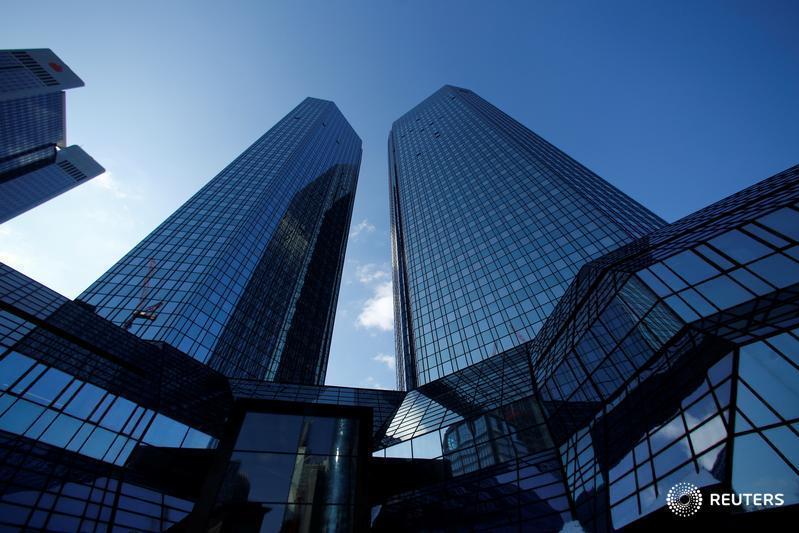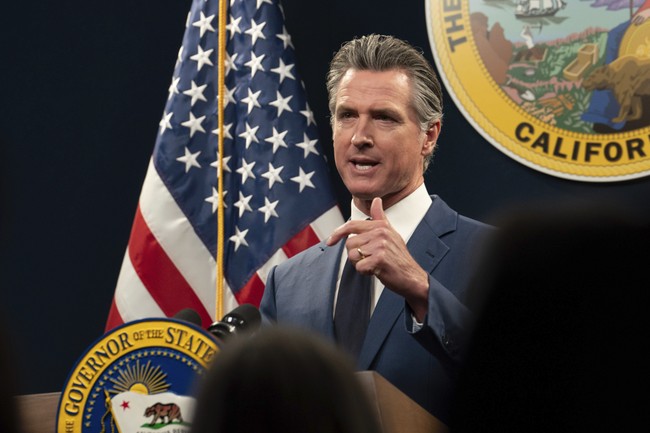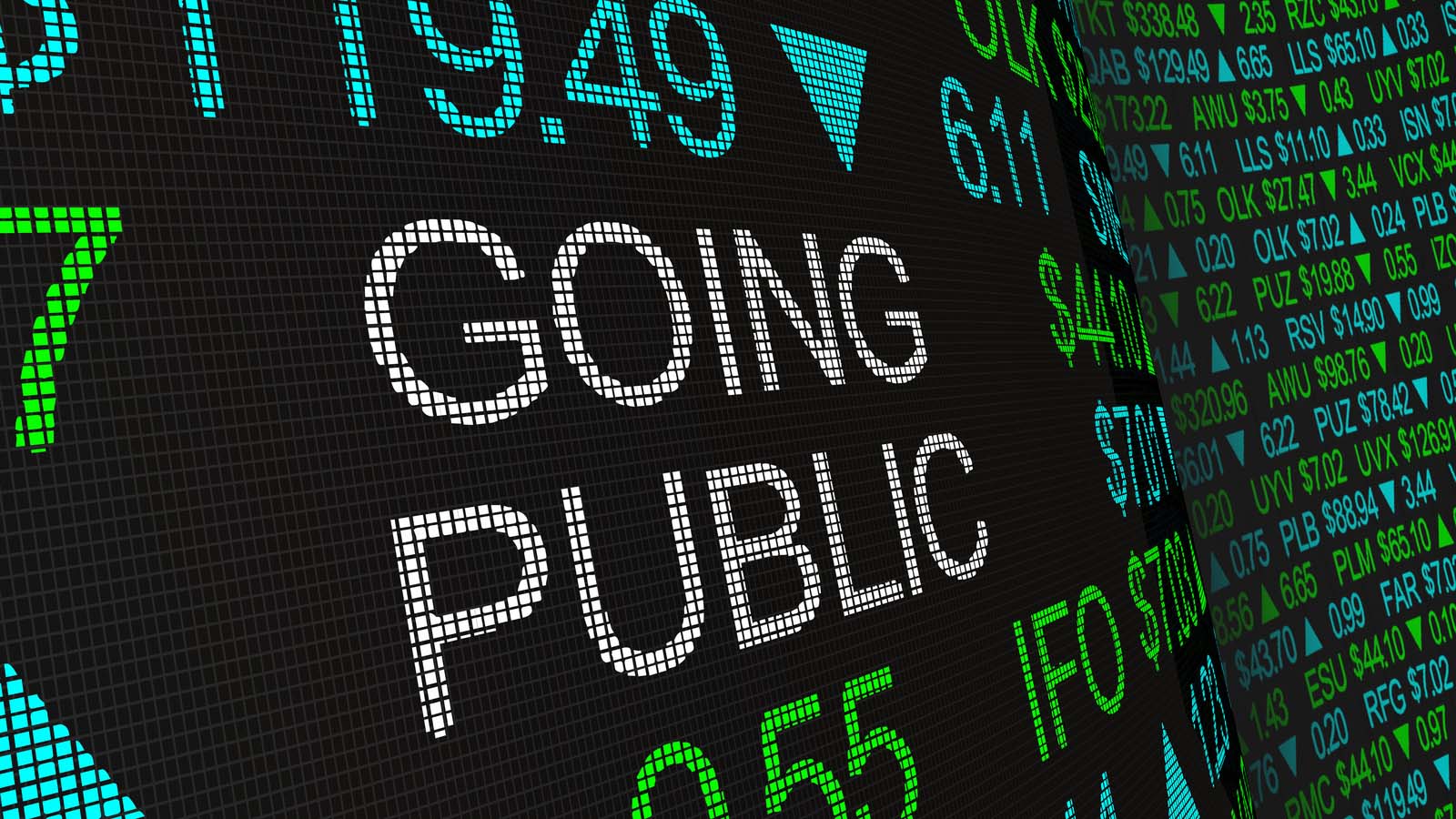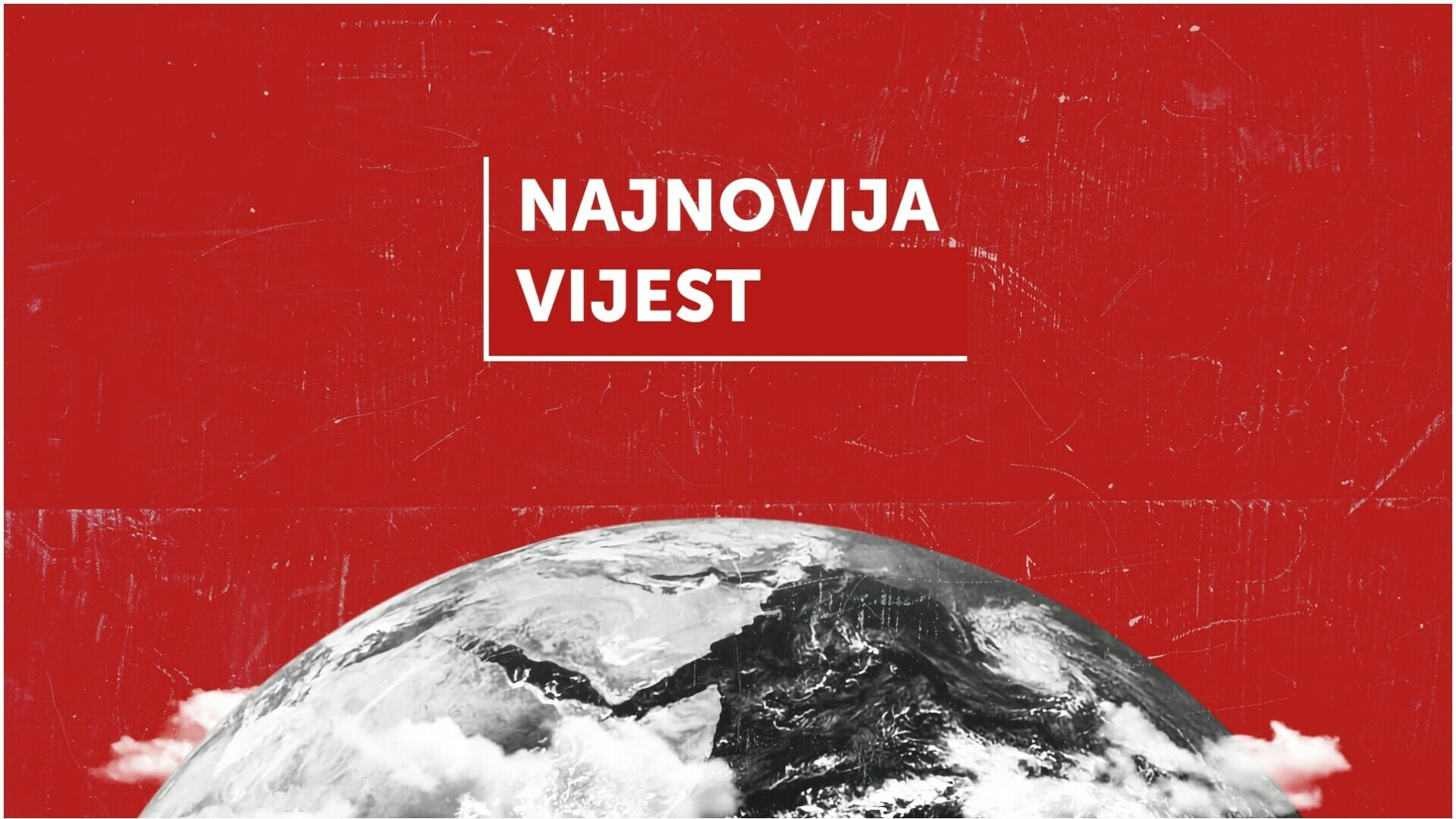EU Unites in Financial Support to Ukraine, Overcoming Hungary's Initial Resistance
As the EU stands united with a significant financial aid package for Ukraine, the convergence overcomes Hungary's veto, reinforcing Europe's response to the crisis.
Published February 05, 2024 - 00:02am
European Union (EU) leaders, after negotiations that surpassed Hungary's initial reticence, sealed a deal on a financial assistance package for Ukraine amounting to 50,000 million euros (approximately 54,300 million dollars), marking a commitment to long-term support for a nation at war since February 24, 2022.
Ursula Von der Leyen, the President of the European Commission, characterized the aid as a 'very strong message' to Russian President Vladimir Putin, coinciding with the second anniversary of the invasion of Ukraine. Charles Michel, the president of the European Council, heralded the agreement as ensuring 'firm, predictable, and long-term financing for Ukraine'.
European solidarity manifested as the financial package was composed of 33,000 million euros in long-term loans and about 17,000 million in immediate guarantees and non-refundable transfers, scheduled over a period of four years until 2027. An annual report by the European Commission on the usage of funds was included in the agreement.
While the provision of military aid to Ukraine was also discussed, focusing on the supply of mortar and artillery ammunition, Hungary's initial veto in December led to a compromise proposed by Hungarian Prime Minister Viktor Orban's political director Balazs Orban. The Hungarian government agreed to draw from the EU budget, on the condition of potential revisions.
As Budapest sought assurances regarding the use of EU funds, the bloc prepared to publicly threaten to withhold Hungary's appropriations if no consensus was reached. The Hungarian European Affairs Minister reassured that the country participated constructively in discussions, while the EU diplomats expressed frustration with Orban's unpredictable demands.
After overcoming the Hungarian blockade, EU leaders expressed a united front, with Ukrainian President Volodymyr Zelensky praising the decision. The support aims to bolster Ukraine's long-term economic and financial stability as the conflict with Russia continues into its third year.
The solidarity and strategic decisions made by the EU reflect a strong stance in support of Ukraine despite contrasting national interests within the Union. As tensions rise in Eastern Europe, the EU's financial and diplomatic maneuvers reinforce its position against the Russian advance, while managing internal complexities of member states like Hungary.
The EU's financial package for Ukraine also opens avenues for reconstructing a nation ravaged by war, with specific funds likely to be allocated towards rebuilding critical infrastructure, health and education services, and the revitalization of the Ukrainian economy through various development projects. To this effect, contributions from the European Investment Bank (EIB) and the European Bank for Reconstruction and Development (EBRD) are expected to complement the assistance package by financing projects that will promote sustainable growth and stability in Ukraine.
Moreover, the support to Ukraine comes amid rising concerns over energy security in Europe as the conflict has severely disrupted traditional energy supply routes, prompting a search for alternative resources. A portion of the financial aid is set to address energy resilience, aiding Ukraine in its pursuit of energy independence, which has broader implications for energy diversification strategies within the EU itself.
It is also noteworthy that the funds are tailored to ensure EU’s strict supervision over their disbursement. This measure is crucial to maintain transparency and accountability, mitigating risks of corruption or mismanagement, which have historically hindered the effectiveness of financial aid. Furthermore, by tying the release of funds to periodic reviews, the EU upholds its governance standards and conditions support on reform milestones reflective of European values and legal frameworks.
Public opinion within the EU seems cautiously optimistic regarding the outcome of this financial aid for Ukraine, with many anticipating it to strengthen Ukraine’s resilience and, by extension, fortify the EU's eastern borders. There’s a palpable sense that EU citizens regard the aid as more than a mere financial transaction; it is a demonstration of shared values and unity in the face of aggression.
Outside the European continent, this decisive action has not gone unnoticed. The EU's pledge has set a significant precedent for international aid, potentially galvanizing support from other global players who share a vested interest in Ukraine’s sovereignty and democratic integrity.
Despite the goodwill that the financial package has generated, analysts caution that challenges lie ahead. The long-term nature of the commitment necessitates diligent oversight and adaptive strategies to respond to the evolving situation in Ukraine. The sustainability of engagement from EU member states, given their diverse political and economic landscapes, adds another layer to the complexity of collective action.
Looking forward, the EU's readiness to assist Ukraine in its time of need is more than an economic lifeline; it serves to reaffirm the principles that the Union stands for: solidarity, democracy, and the unwavering support for nations striving to chart their own course in a turbulent global landscape. As the two-year mark of the conflict passes, that commitment is not only measured in euros but in the steadfast resolve to stand against undermining the sovereignty of a fellow European nation.
Ukraine's path to recovery and growth is steeped in uncertainties, but the EU's unprecedented financial package is a beacon of hope—an unequivocal signal to its citizens and the world that even amidst the scourge of war, the spirit of cooperation and support enshrined in the idea of a united Europe, endures.






